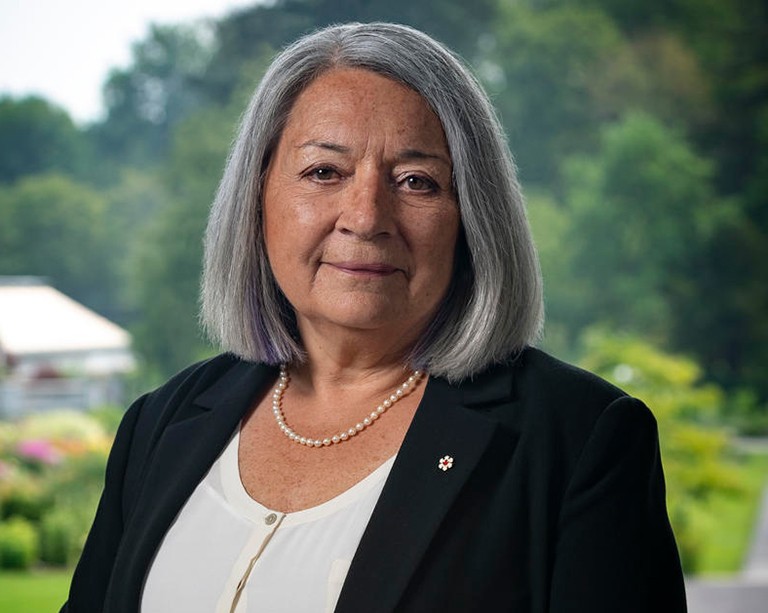‘A learning experience with no equal’: engineering student Remi Dumoulin looks back on the 2018 Solar Decathlon China

When TeamMTL entered the Solar Decathlon China 2018, the group of 60 Concordia and McGill students knew they committing to an experience of a lifetime. Not only would they have to assemble and furnish an innovative row house from top to bottom, they would be competing with 22 teams from 38 schools and 10 countries.
The results speak for themselves. TeamMTL picked up a total of five awards — they placed first in market appeal, communications and architecture, and third in both engineering and innovation at the international green energy building competition.
Remi Dumoulin is a second-year master’s student in building engineering at Concordia and TeamMTL’s engineering lead.

What set us apart was how we integrated different disciplines
How did the engineering team contribute to the Solar Decathlon project?
Remi Dumoulin: The engineering team was in charge of the heating, ventilation, and air-conditioning (HVAC) system design and commissioning. We also partnered with Siemens to design the building automation system. This is essentially the brain of the house that controls and monitors each piece of equipment, including all fans and pumps. In addition, we developed the electrical and photovoltaic systems that produce electricity from the sun.
What did it take to prepare for the competition?
RD: It was no small feat. First, we had to build and test full-scale replicas of both the HVAC and electrical systems in our laboratory at Concordia to ensure a smooth installation in China. We did this due to the limited time frame we had overseas, as well as the complexity of each task.
For the competition, the building not only had to be up and running, but it also had to showcase innovative technologies. Our team incorporated a building integrated photovoltaic/thermal system (BIPV/T) that could generate energy and harvest heat from the solar panel during cold seasons. Canadian Solar generously donated the solar panel to our team.
This technology was developed at Concordia and had already been applied to different projects in Montreal. However, what made this situation unique was that we partnered with Unicell to combine the curtain wall technology — a common technique in commercial building — in order to bring the BIPV/T concept one step closer to standardization.
The engineering team also tested the building envelope in performed simulations for different configurations and climates. All in all, it was a huge job.

TeamMTL placed very well in the competition. What do you think your team did differently than the others?
RD: What set us apart was how we integrated different disciplines. For example, we had both architects and engineers present on the engineering, innovation and architecture jury walkthroughs. The team also had a real vision for future uses of the project. The house was not just built for the competition, but rather as part of a greater plan for making high performance, affordable housing in dense urban areas a reality in Montreal.
Can you describe your experience in Dezhou, China? What was the best part? What was the most challenging aspect?
RD: The best part was to see our group power through the different trials and tribulations we faced. We were the team with the dirtiest T-shirts! Most of our competitors had local contractors working for them, but we proudly did all the work ourselves.
The challenges were endless. To start, our foundations were not built to specifications and there was no electrical or sewage services provided. Our tools arrived a week late, then came the typhoons and pouring rain, followed by 45 C sunny weather.
Moreover, we had an electrical converter for our North American electrical installation fail in the middle of the competition. There was always something to worry about! Add to this the language barrier and you have a great mix of challenges. I don’t think there was one single aspect that was the most challenging — the whole experience was demanding.
What is your biggest takeaway from this experience?
RD: The whole competition provided an amazing opportunity for students, like myself, to gain practical experience outside of the classroom. Of course you can do internships at engineering firms or work for general contractors, but building something like this in a short time frame is a learning experience that has no equal. We also got to meet students from different countries who work in the same fields, and the collaboration between teams was amazing!
What are your plans going forward? Do you have any big projects on the horizon?
RD: The first step is to finish my thesis this semester. After that, I’ll look for a job in the building sector and start building my own high-performance house!
Find out more about Concordia’s Department of Building, Civil and Environmental Engineering (BCEE).


